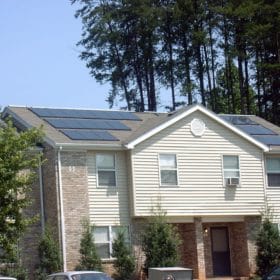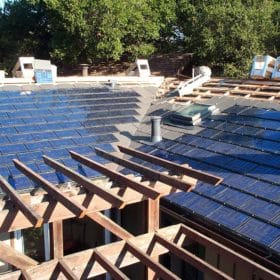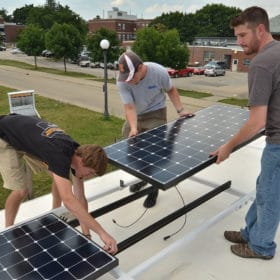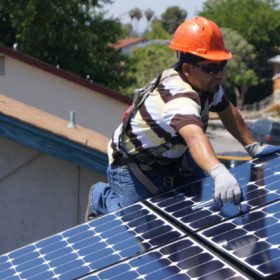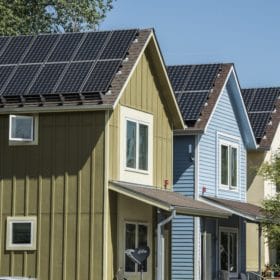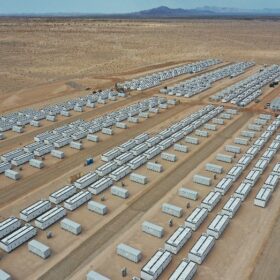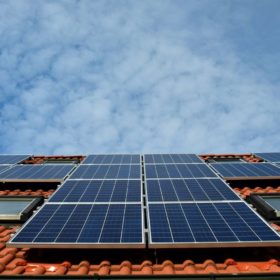You picked ’em: Our most popular articles of 2020
Five articles (well, six, since news about Tesla made it twice) that captured the imagination of our audience during 2020.
Solar roundup: Lower export fees in Michigan and net metering takes a hit in Vermont
Consumers Energy cuts solar export fees in Michigan, while net metering takes a hit in Vermont. And TVA wants feedback on an environmental report for a planned 50 MW solar and 200 MWh storage project in Mississippi.
Six of the year’s most impactful solar policies, courtesy of SELC
The 2020 “Solar Makers” include states, regulators and utilities taking action to encourage rooftop solar. This year’s “Solar Brakers” include utility policies that SELC says undermine rooftop solar as a cost-effective choice.
IHS Markit forecasts a “wild” ride” for the global PV industry in 2021
The firm expects 158 GW of new PV to be installed worldwide in 2021, a jump over 2020, and the U.S. and China will still dominate.
Morning Brief: Which US state produces the most carbon-free power?
Also in the brief: FERC and CAISO drama. Plus, U.S. solar PV system costs fell across all market segments from 2019 to 2020. And — the solar boom arrives in Ohio.
Virginia’s legacy coal country looks to solar for economic growth
Pro-solar groups have developed a guide for how municipalities and counties can encourage solar projects in Southwest Virginia, and The Nature Conservancy is eyeing the value that solar can bring to one of its big landholdings.
Illinois’ small-scale solar incentives are tapped out, leaving developers in the dark
The final incentives from the state’s 2017 Future Energy Jobs Act have been awarded. With no emergency funds or new legislation pending, thousands of jobs could be at stake.
Aggressive new fees for South Carolina solar customers draw fire
The proposed fees could end up costing the solar average homeowner more than $700 annually. Critics call the fees an attempt to take away consumer control over their power bills.
Is FERC Order 2222 enough to push virtual power plants into the energy mainstream?
Aggregating DERs via virtual power plants has customers, utilities and financiers all ready to buy in. With FERC Order 2222, the question for two California aggregators is whether their models will play in less DER-friendly markets.
Extreme weather is causing solar insurance premiums to explode
Catastrophic weather events in Texas and California have led to steep insurance premium cost increases, according to a new analysis by Norton Rose Fulbright.


